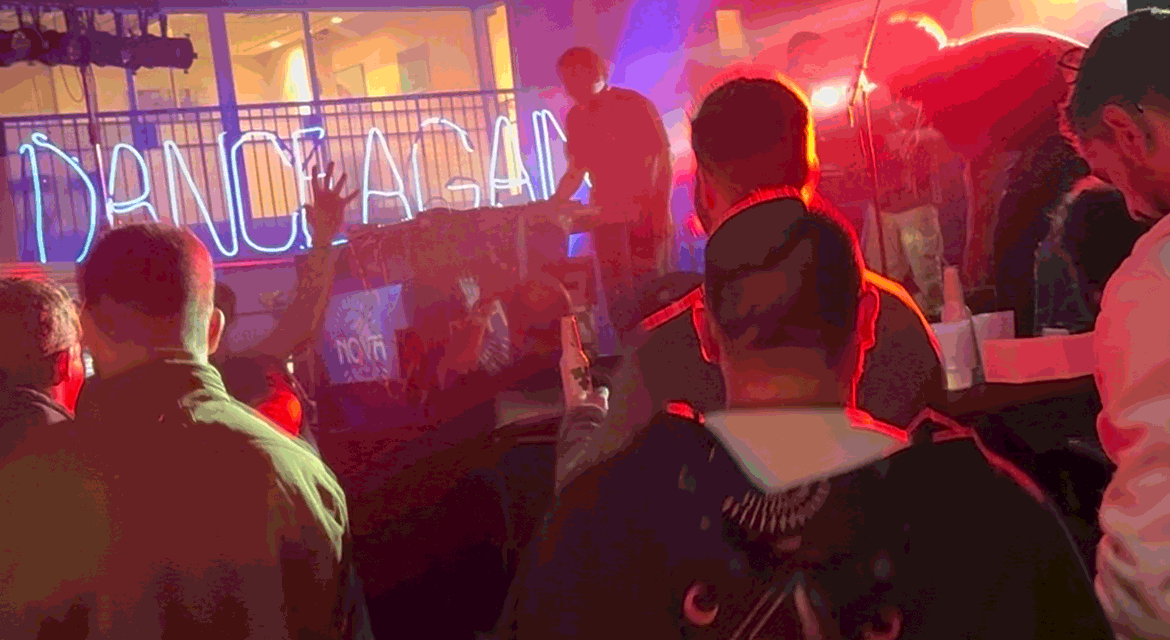“The music stopped at 6:29 a.m."
So many of the Nova survivors start their stories the same way — the exact time they knew something was not right. Then the stories diverge slightly. When and how they realized they were under attack. The horrors they witnessed. Friends and loved ones they lost.
There’s a common survivor’s guilt, a realization that it could have just as easily been them. One survivor says, “If I went to the other bomb shelter (where the terrorists breached the walls) my whole destiny would be changed.”
Of the almost 4,000 people at Nova, more than 360 were murdered.
We asked what draws people to the trance music scene, and who are these young people who gather in the desert to dance through the night? Fans describe a “holistic community, free spirits who respected each other no matter what.”
They were young people who believed in peace and acceptance, adding a terrible irony to what they endured.
Three weeks after October 7, the traumatized survivors started gathering at an industrial space in Namal, by the port. On the wall, a sign reads: “We will dance again.” But this is no normal dance space, no normal dance party.
